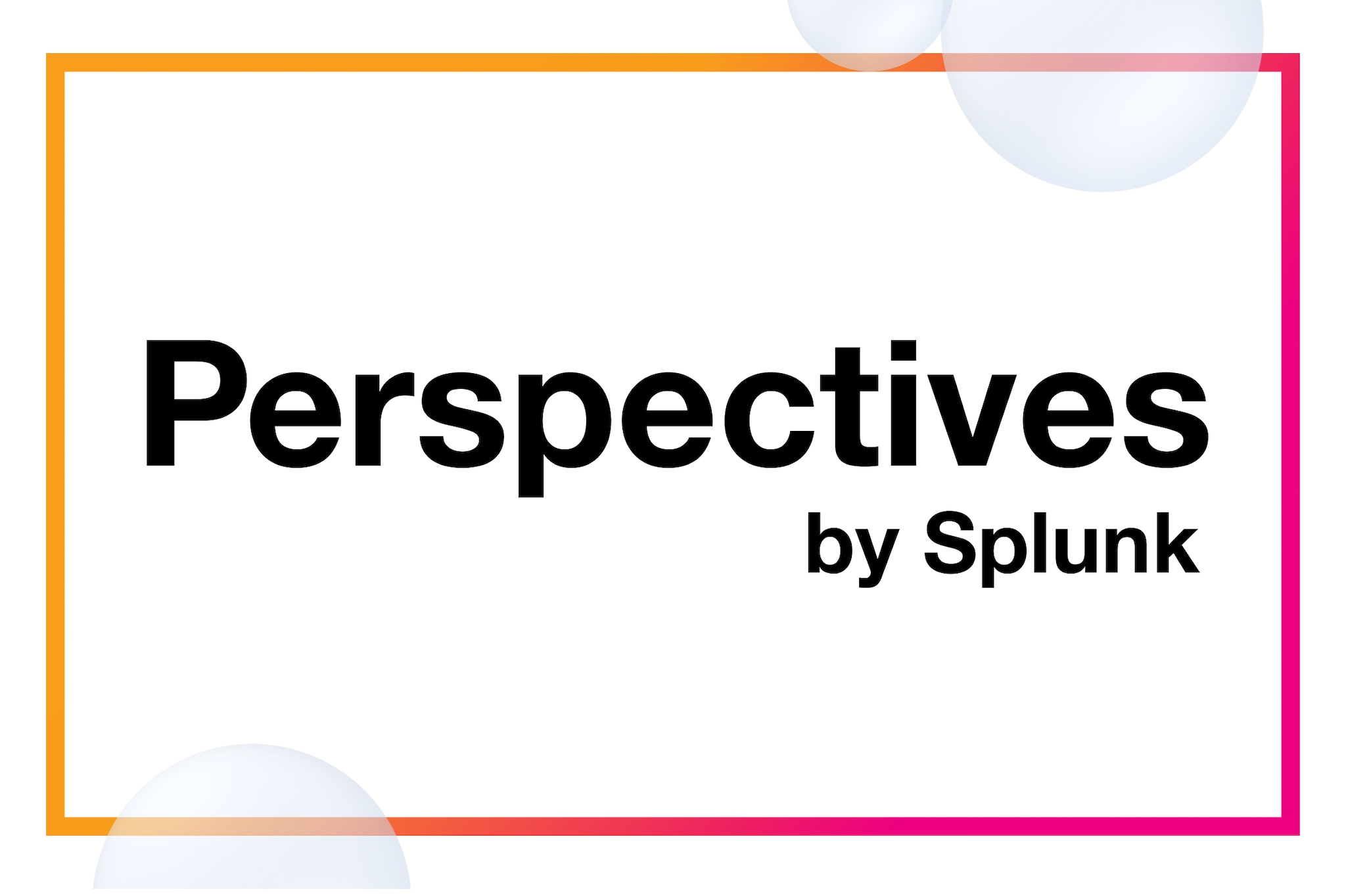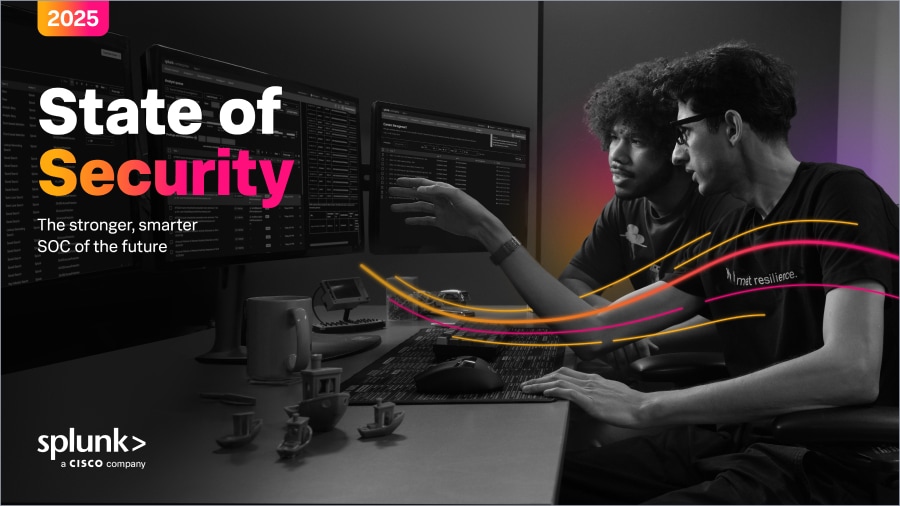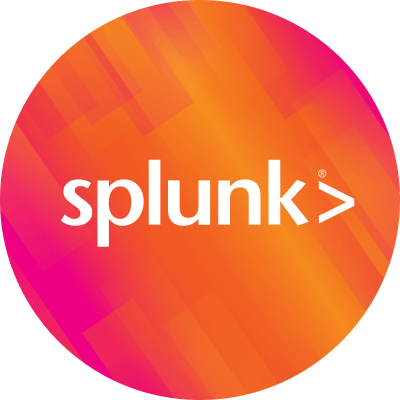The Smartest Banks Are Betting Big on Payment Rails

The finance world isn’t just transforming, it’s being rewired in real time. AI may grab the headlines, but the real shake-up comes from stablecoins, open banking, and third-party upstarts. And the battlefield? Payment rails, where old money meets new technology.
To explore the market dynamics and strategic value that payment innovations are bringing to financial service institutes, Christian Crisan, Splunk’s Director of Industry Advisory for Financial Services, sat down with John Rotta, Splunk’s Group Vice President for Financial Services.

Resilience starts with strategy
Christian Crisan (CC): What are the biggest challenges facing financial services leaders today, and what are some solutions leaders are using to address them?
John Rotta (JR): I see issues like technology disruptions, security threats, and regulatory complexity topping the list of challenges. But it all leads back to fragmented visibility across payment ecosystems, which makes it difficult to detect and resolve issues quickly. This can lead to lost revenue and damaged customer relationships.
Leaders are embracing AI, open banking, and modern technology infrastructure to drive better ROI. Still, businesses need unified observability solutions that provide comprehensive insights into every transaction and system component.
Real-time insights allow organizations to move from reactive monitoring to proactive management. These insights drive faster detection and resolution of issues, reduce operational risk, and support compliance efforts. A recent IDC whitepaper shows that this kind of visibility can translate into roughly $2.2 million in annual benefit for every 10,000 endpoints under management.
Christian: You mentioned the value of visibility and real-time insights; how does this relate to the payment rails that financial service institutions rely upon?
John: Payment rails have shifted from just being the plumbing behind transactions to becoming a strategic asset that directly impacts revenue, customer trust, and competitive differentiation. With customer expectations climbing and regulatory demands increase, organizations face growing demands on their payment systems. To stay ahead, they are looking at infrastructure that’s reliable, agile, and insightful. This means their systems must move beyond traditional monitoring to using a more holistic approach that fuels proactive management and innovation.
Payments aren’t running on a single system that you can see end-to-end anymore. They’re stretched across cloud platforms and third-party providers. Institutions don’t fully control these moving parts so it’s harder for leaders to spot where problems start.
Financial institutions often wait on partners to confirm if their systems are performing as expected or rely on a third-party to meet the Service Level Agreement (SLA). But when something break, it’s the business that loses time and customer trust, not the third-party.
Christian: How are payment rails evolving in today’s financial services market
John: Payment rails are no longer just about moving money; they’re critical to creating seamless, secure, and real-time payment experiences. As open banking and third-party services gain momentum across borders, financial institutions need to integrate a growing number of third-party services.
At the same time, embedded finance is growing rapidly, as retailers, tech platforms, and other non-financial companies bring payments and banking services directly into their customer experiences. That creates huge opportunities for growth but also adds another layer of complexity. In my opinion, institutions need a new approach to managing payment infrastructure, one that prioritizes creating end-to-end visibility across operations and building customer trust.
Christian: And how does modernizing your payment rail strategies improve SLAs?
John: For leaders running payments across cloud platforms and third parties, limited visibility is a major obstacle. I’ve seen institutions wait on vendors to identify issues they can’t see themselves, and customers feel the impact. A single point of failure can ripple across checkout, settlement, and reconciliation, leading to failed transactions and reputational damage.
Modernizing payment rail strategies changes this dynamic entirely. Integrated, automated platforms reduce manual intervention, streamline communication, and create end-to-end visibility. Real-time insights allow institutions to spot problems before they disrupt customers, hold partners accountable, and improve cash flow by keeping payment cycles consistent.
Modern payment infrastructure also enhances flexibility and scalability, allowing organizations to adapt to changing transaction volumes without affecting SLA performance. Stronger cybersecurity and regulatory compliance can reduce the risk of disruptions even further.
Christian: What impact does legacy infrastructure have on financial services institutions that want to be more competitive in the digital payments arena?
John: Legacy infrastructure can hold institutions back because developers didn’t build it for today’s complexity, regulations, or customer experience. It can’t support real-time payments or third-party-driven open banking, so institutions relying on older platforms struggle with limited visibility and slower issue resolution.
The business impact is significant. Even small drops in payment success rates can translate into millions of dollars lost, with downtime eroding customer trust. Newer entrants and fintechs are raising the competitive bar by embedding payments directly into customer experiences, and legacy systems can’t keep up.
There’s an efficiency cost, too. Teams stuck managing legacy environments often spend enormous amount of effort on manual tasks. By contrast, institutions that have modernized see big productivity improvements. In some cases, security operations teams have gained 50% efficiency simply by having better visibility and automation at their fingertips.
Christian: What approach for modernizing infrastructure should businesses consider to help close these competitive gaps?
John: Modernization starts with building flexible, secure, and scalable platforms that can quickly adapt to new payment methods and customer demands. Flexibility means adopting cloud-native, API-driven systems for rapid deployment of new services and easier integration with partners, which improves the customer experience through faster, more reliable payments.
But, security also needs to evolve. Modern infrastructure incorporates adaptive, intelligent security frameworks that continuously monitor for threats and ensure compliance without slowing transactions. Unlike legacy systems that rely on static defenses, these newer environments use automation and AI to detect anomalies, reduce risk, and maintain business continuity.
However, modernization isn’t just about technology, it also requires cultural and organizational change. Teams across security, operations, and business units need to collaborate more closely, supported by shared data, automation, and clear governance. This shift fosters agility, accountability, and faster decision-making while minimizing resistance to change.
When organizations strike the balance between innovation and risk management, the results are measurable: higher productivity, reduced costs, and stronger resilience. Many financial services institutions are already seeing returns of up to 387% over three years by embracing this approach.
Christian: And when it comes to modernizing infrastructure for financial services, what role do you see AI playing?
John: AI is becoming integral to modern payment rails because it transforms how institutions manage risk, reliability, and customer experience. Instead of reacting to disruptions, AI enables payment systems to operate proactively by analyzing transaction patterns in real time to predict and prevent failures or fraud. It can automatically reroute payments, flag anomalies, or scale system capacity before customers feel any impact.
AI is also being built directly into payment rail infrastructure. Modern, AI-ready systems are designed to handle real-time data workloads securely and efficiently, supporting functions such as fraud detection, credit risk assessment, and compliance monitoring. This integration strengthens resilience and ensures that operations remain smooth even as transaction volumes grow.
By embedding AI into the core of payment modernization, institutions gain continuous visibility, faster response times, and stronger risk management. The result is a seamless payment experience that protects revenue, safeguards trust, and gives financial institutions the agility to stay ahead in a rapidly evolving market.
Christian: What is the future outlook for payment infrastructure?
John: The future lies in intelligent, self-optimizing systems powered by AI and machine learning that predict and prevent issues before they impact customers. Ecosystem-wide collaboration will become essential as open banking expands.
Frankly, the customer experience will be the ultimate measurement of success. That means payments are personalized, instant, and seamlessly integrated into everyday life. Institutions that tailor financial services to customer needs will gain a sustainable edge in the market. Many financial services customers realize payback on these investments in as little as 13 months.
But payment rails are not just a technical necessity, they are a strategic foundation for business success. Leaders must prioritize investments that enhance visibility and agility, so their organizations can respond swiftly to market changes and customer needs. By doing so, they protect revenue, build trust, and position their companies as innovators in a competitive financial landscape.
Subscribe to the Perspectives by Splunk newsletter and get actionable executive insights delivered straight to your inbox to stay ahead of trends shaping security, IT, engineering, and AI.
Related Articles
About Splunk
The world’s leading organizations rely on Splunk, a Cisco company, to continuously strengthen digital resilience with our unified security and observability platform, powered by industry-leading AI.
Our customers trust Splunk’s award-winning security and observability solutions to secure and improve the reliability of their complex digital environments, at any scale.


